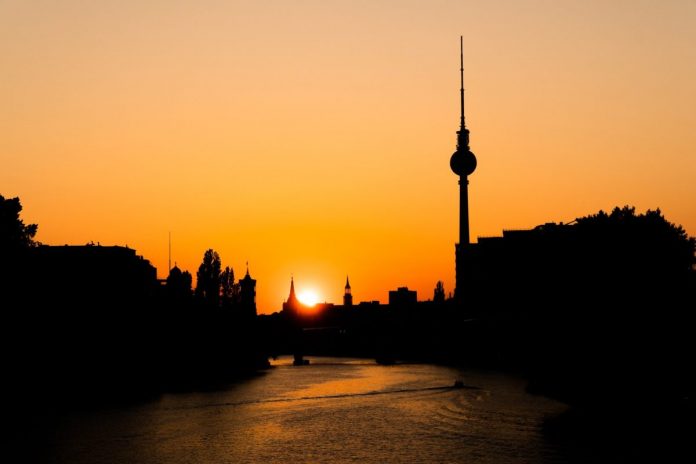EuPD Research, a German market research company, recently surveyed more than 1,000 homeowners in Germany and found that are ready to invest in solar PV. Around 5% the respondents said that they have already decided to buy PV systems, while another 15% said that they are close to a final purchasing decision, which means that they are currently in the process of obtaining offers or seeking advice.
The survey participants said that they want to invest in PV to reduce their electricity costs, while contributing to the protection of the environment. This is followed by a desire to benefit from the state-guaranteed feed-in tariff. For homeowners who want to go solar with a medium-term perspective, there is also a great deal of uncertainty as to whether they will still benefit from solar subsidies in view of the existing 52 GW subsidy cap.
According to EuPD Research, this limit could be reached as early as July of this year. Once the cap is reached, no new PV systems up to 750 kW will be subsidized under the current German renewable energy law (EEG). There could be a strong impact on private homeowners if the cap is not abolished beforehand, analysts say.
The segment for small systems up to 10 kW is a major market driver in Germany. It grew by 45% last year, with around 581 MW of newly deployed systems. At the beginning of the year – specifically in January and February – there was also additional growth. EuPD Research said that the coronavirus crisis has yet to show any adverse impact on this segment of the market.
An earlier EuPD Research survey of German PV installers suggested that homeowners fear a sharp slump in the deployment of commercial and industrial PV systems due to the 52 GW cap. Commercial investors are the most important driver of PV demand in Germany.
1,000 GW potential
In a separate development, German renewable energy association Bundesverband Neue Energiewirtschaft (bne) released a white paper this week in which it states that Germany has the potential to reach 1,000 GW of installed solar capacity by 2050.
“Renewable energy must be expanded anyway in order to achieve climate goals, greater resilience and long-term supply,” said bne Managing Director Robert Busch. “A quick change is not only ecological, but also economical. Instead of incredibly expensive exit debates, entry actions are finally needed.”
The energy transition in the electricity sector will be completed soon, it said. Then it will be a matter of decarbonizing the heating and transport sectors via sector coupling. This will require large amounts of additional electricity from photovoltaics and wind power. The association assumes a final energy consumption of 1,600 TWh in 2050.
“Assuming wind power at sea and on land and bioenergy continues to expand at a slow pace, these two sources could cover around 40% of the demand at around 666 TWh in 2050. This leaves room for about 1,000 terawatt hours for photovoltaics,” bne said, noting that this would require an installed PV output of 1 TW by the middle of the century.
Different applications
The association said this solution would rely on a mix of different PV applications. At the same time, it emphasized that more short-term and long-term storage will be required to absorb peak loads in the grid and enable the delayed use of solar power, especially in the wintertime. “In the medium term, electricity production from renewable energies can also be converted directly into hydrogen in electrolyzers, especially if this goes beyond traditional consumption,” bne said.
The organization also addressed the possible acceptance problems that could arise from a massive expansion of ground-mounted PV systems. Around 50,00 square kilometers of space would be needed for 500 GW of solar parks. But the solution is obvious, because Germany is currently using around 24,000 square kilometers for growing energy crops.
According to the bne, almost 10,000 square kilometers are used for wheat and rapeseed, from which biofuels are produced. If these areas would be covered with solar PV instead of energy crops, 30 times the energy could be generated, according to the association. At the same time, the areas would be upgraded in terms of biodiversity and biodiversity.
“The future energy system would thus take up less than more land than today and would significantly and reliably increase the biodiversity on the land used in the long term. It is economically superior to the previous fossil system and improves security of supply through flexibility on the generation and consumption side,” the association said.
According to bne calculations, the cost of electricity generated by large PV systems will be around €25/MWh combined with battery storage at €30/MWh to €40/MWh. At the same time, there will be significant cost reductions for electrolyzers to produce green hydrogen. Its production costs could therefore drop to around €1.25 per kilogram by 2030 and thus compete with hydrogen produced from fossil fuels.
“Consumers, retailers and industry want green energy. A new energy industry wants wind and sun as fuel for this energy transition. Only politicians apparently do not want to. The term ‘slow motion’ would still be an understatement for the current speed of expansion,” said bne’s Busch.






